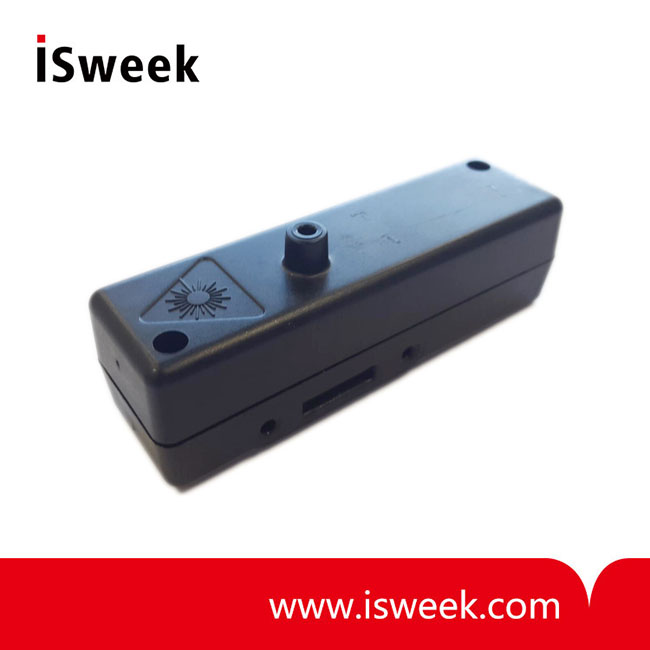Understanding PM2.5 and VOCs: The Invisible Threats
What Are PM2.5 Particles?
PM2.5 refers to airborne particles with a diameter of 2.5 micrometers or smaller. These microscopic pollutants – composed of carbon, nitric oxides, sulfur oxides, and ammonia – originate from both natural sources (e.g., wildfires) and human activities (e.g., industrial emissions). Their tiny size allows deep penetration into the human respiratory system.

Why VOCs Are Dangerous?
Volatile Organic Compounds (VOCs) like formaldehyde and benzene are stealthy indoor/outdoor pollutants. Emitted from construction materials, vehicle exhaust, and industrial processes, VOCs often lack color or odor, leading to unnoticed long-term exposure.
How PM2.5 and VOCs Damage Human Health?
PM2.5’s Systemic Harm
-
Respiratory Invasion: PM2.5 particles bypass nasal filters, embedding in lung alveoli.
-
Chronic Diseases: Linked to asthma, lung cancer, and cardiovascular damage.
-
Neurological Risks: Heavy metals in PM2.5 may cross the blood-brain barrier.
VOCs’ Toxic Effects
-
Immediate Symptoms: Throat irritation, dizziness, and headaches from short-term exposure.
-
Organ Damage: Prolonged inhalation harms the liver, kidneys, and nervous system.
-
Cancer Risks: Benzene and formaldehyde are classified as Group 1 carcinogens by IARC.
Hidden Sources of PM2.5 and VOCs
Industrial & Urban Pollution Hotspots
-
PM2.5 Generators: Factories, power plants, and diesel vehicles.
-
VOC Emission Zones: Paint shops, adhesive production lines, and 3D printing facilities.
Indoor Air Quality Threats
-
Household Sources: Cleaning agents, flooring adhesives, and dust mites.
-
Office Hazards: Printers releasing styrene and photocopiers emitting ozone.
Gas Sensors: Critical Tools for Air Quality Protection
Real-time monitoring via PM2.5 and VOC sensors is vital to combat invisible threats. These devices detect pollutant concentrations, triggering alerts for timely interventions like ventilation activation or source control.
ISWeek’s Sensor Solutions:
-
PM2.5 Sensors: Detect particles as small as 0.3μm for industrial/commercial use.
-
VOC Detectors: Identify formaldehyde, benzene, and other organics at ppm/ppb levels.
-
Durable Designs: Built to withstand harsh environments (e.g., factories, parking garages).
Explore ISWeek’s Air Quality Monitoring Solutions

PM2.5 sensor (for civil use) PDSM010:
- Customized sensitivity for effective control in applications
- Capable of measuring particles of 1㎛
- MCU control (factory calibration)
- easy maintenance
- PWM output (low logic pulse activation)
- noise resistance

PM2.5 sensor (for industrial use) OPC-N2:
- Capable of detecting particles of 38~17um
- Laser detection, built-in fan
- Equipped with SPI and USB interfaces
- High accuracy, coincidence rate can be low as 8%

PM2.5 Particle Sensor(for industrial use) OPC-N3:
- Capable of detecting particles of 38~40um
- Laser detection, built-in fan
- Equipped with SPI and USB interfaces
- High accuracy, coincidence rate can be low as 8%

PM2.5 sensor OPC-R1 (low-priced version of OPC-N2) :
- Capable of detecting particles of 4-12.5um
- Laser detection
- Equipped with SPI interface
- High accuracy, coincidence rate can be low as 8%

FAM-001-01 Air Quality Detection Module (for civil use):
- Circuit module design based on TGS2600
- Low power consumption
- Long service life
- High selectivity to gas of low concentration
- High sensitivity to cigarette or kitchen smell and organic solvent volatile gas
- Six classes of pollution

PID sensor (for industrial use) PID-A1:
- Large measurement range of 0~6000ppm
- The lamp works on 6eV
- Long service life of the lamp as 5000 hours
- Capable of detecting most of VOC gases
- Linear output






